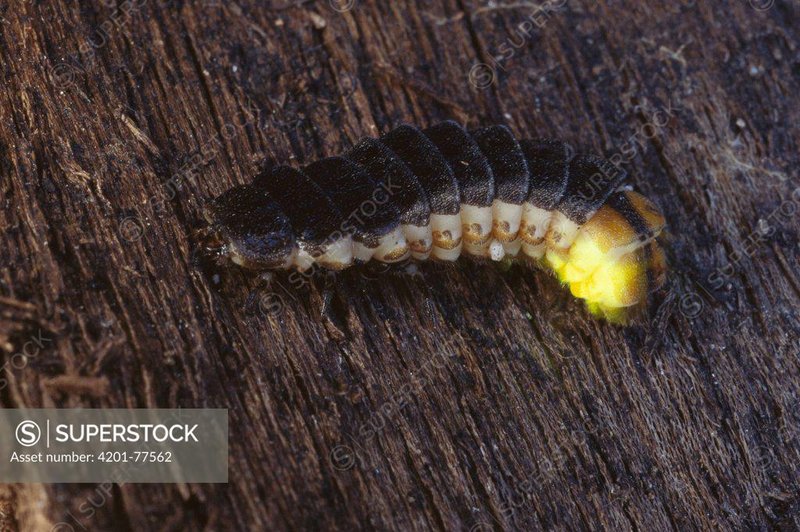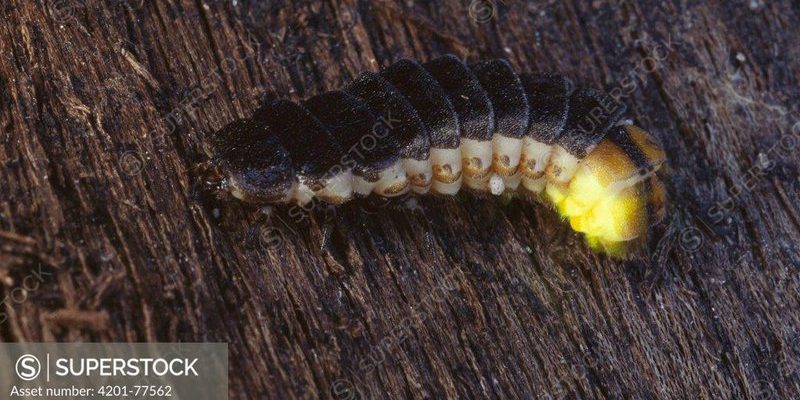
Glow worms, often mistaken for fireflies, are actually the larvae of a type of beetle. They light up the forest floor, creating a magical sight that many people find enchanting. But here’s the thing: these little lights serve a much greater purpose. They can indicate whether a forest is thriving or struggling. Think of them as nature’s delicate barometers. Understanding their presence and behavior can provide crucial insights into the health of the ecosystem around them.
To really grasp how glow worms can be indicators of forest health, we need to look at their life cycle, habitat requirements, and the environmental factors that affect them. Each of these elements plays a role in revealing the overall condition of the forest. Let’s explore this captivating connection between glow worms and the health of our forests.
What Are Glow Worms?
Glow worms are not worms at all. Instead, they’re the larvae of certain species of beetles, primarily from the Lampyridae family. While many people associate glow worms with fireflies, they have a different lifestyle and habitat preferences. Glow worms produce a bioluminescent light to attract prey—usually small insects—into their sticky silk threads. This light not only makes them fascinating to watch but also serves a vital purpose in their survival.
Typically found in dark, damp environments, glow worms prefer areas like caves, forests, and wetlands. They thrive in places with plenty of organic matter, as their diet consists mainly of soft-bodied insects. The conditions that support their existence—like humidity and abundant food sources—are also signs of a healthy ecosystem. So, when you spot these glowing larvae, it’s often a good indicator that your forest is doing just fine.
You might be asking, “How do these little guys really signal the forest’s health?” Well, their presence can tell us a lot about the quality of the soil, the amount of organic material available, and even the levels of pollution in an area. This connection makes them valuable indicators for researchers studying forest ecosystems.
The Life Cycle of Glow Worms
Understanding the life cycle of glow worms is key to comprehending their importance as indicators of forest health. The journey begins with eggs laid in moist, secluded areas, often among decaying leaves or under logs. After a few weeks, these eggs hatch into larval glow worms.
During the larval stage, which can last from several months to a couple of years, they develop their distinctive glow. This is when they build webs to capture prey, shining in the dark to attract insects. The longer they glow, the more likely they are to catch food. If environmental conditions are right—think moist and rich soil—these larvae will thrive, indicating a healthy ecosystem.
As glow worms mature, they eventually enter the pupal stage and then emerge as adult beetles. Interestingly, adult glow worms typically don’t feed and have a short lifespan of just a few weeks. Their sole purpose during this time is to mate and continue the cycle. Each stage of their life cycle is deeply connected to the health of their environment. If a forest shows a decline in glow worm populations, it could signal underlying problems, such as habitat destruction or pollution.
Why Glow Worms Are Great Indicators of Forest Health
Glow worms are excellent indicators of forest health for several reasons. First, they require specific environmental conditions to thrive. A forest with diverse plant life, clean water, and minimal disturbance generally supports healthy populations of these larvae. If you see a lot of glow worms, it often means the forest provides a good habitat for a variety of species.
Second, glow worms are sensitive to pollution and changes in their environment. Factors like pesticide use, soil degradation, and climate change can all impact their survival. For instance, if a forest experiences chemical runoff, it may lead to a decline in glow worm populations. This decline can highlight larger environmental issues, prompting further investigation.
Lastly, their presence can indicate the availability of food sources. Healthy forests support a variety of insects, which means glow worms have plenty to eat. This interconnectedness means that monitoring glow worm populations can give researchers valuable insight into the overall health of the ecosystem.
Environmental Factors Affecting Glow Worms
Glow worms are sensitive creatures, meaning they react to various environmental factors. Here are some of the main conditions influencing their populations:
- Humidity: Glow worms thrive in moist environments. Too little humidity can lead to dehydration and death. This is why they are often found in damp forests or near water sources.
- Light Pollution: These larvae rely on darkness to attract prey. Increased artificial lighting can disrupt their natural behaviors, leading to declines in their populations.
- Pesticides and Pollution: Chemicals in the environment can directly harm glow worms and affect their food sources. A decline in insect populations due to pesticide usage can lead to fewer glow worms over time.
Understanding these factors can help conservationists and ecologists assess forest health and take action if necessary. If you notice a drop in glow worm numbers, it might be time to investigate local environmental impacts further.
How Monitoring Glow Worms Can Guide Conservation Efforts
Monitoring glow worm populations can be a valuable tool in conservation efforts. When researchers track the health of these larvae, they can gather data on the overall state of the forest ecosystem. This information can help guide decisions on land use, protection measures, and habitat restoration.
For instance, if a region’s glow worms are declining, it might signal that something needs to be done. Conservationists could implement strategies like reducing pesticide use, planting more native vegetation, or creating buffer zones near water sources to improve the habitat.
Additionally, educating the public about the importance of glow worms can inspire community-based efforts to protect their habitats. Local groups could organize clean-up initiatives or campaigns to reduce light pollution, helping to ensure the health of these fascinating creatures and the forests they inhabit.
The Broader Implications of Healthy Forests
While glow worms are small, their role in promoting and indicating forest health has larger implications for the environment. Healthy forests provide numerous benefits, including:
- Carbon Sequestration: Forests act as carbon sinks, absorbing CO2 and helping to mitigate climate change.
- Biodiversity: A thriving ecosystem supports a wide range of species, which contributes to the resilience of the environment.
- Water Quality: Healthy forests filter water, ensuring cleaner supplies for both wildlife and humans.
The health of forests is also linked to human well-being. Communities that prioritize the conservation of their natural surroundings benefit from cleaner air, improved mental health, and recreational opportunities. By protecting glow worms, we’re ultimately caring for the broader ecosystem that supports all life.
Glow worms may be small and easily overlooked, but their significance as indicators of forest health is profound. By understanding and monitoring their populations, we can gain insights into the overall condition of our forests. This knowledge empowers us to advocate for conservation and adopt practices that promote a healthy environment.
As we move forward, it’s crucial to recognize the interconnectedness of all life forms. Each species, no matter how small, plays a part in the delicate balance of our ecosystems. Next time you’re walking in the woods, take a moment to appreciate the glow of these enchanting larvae. They’re not just twinkling lights; they’re guiding us toward a brighter future for our forests. Let’s ensure that their glow continues to shine for generations to come.

